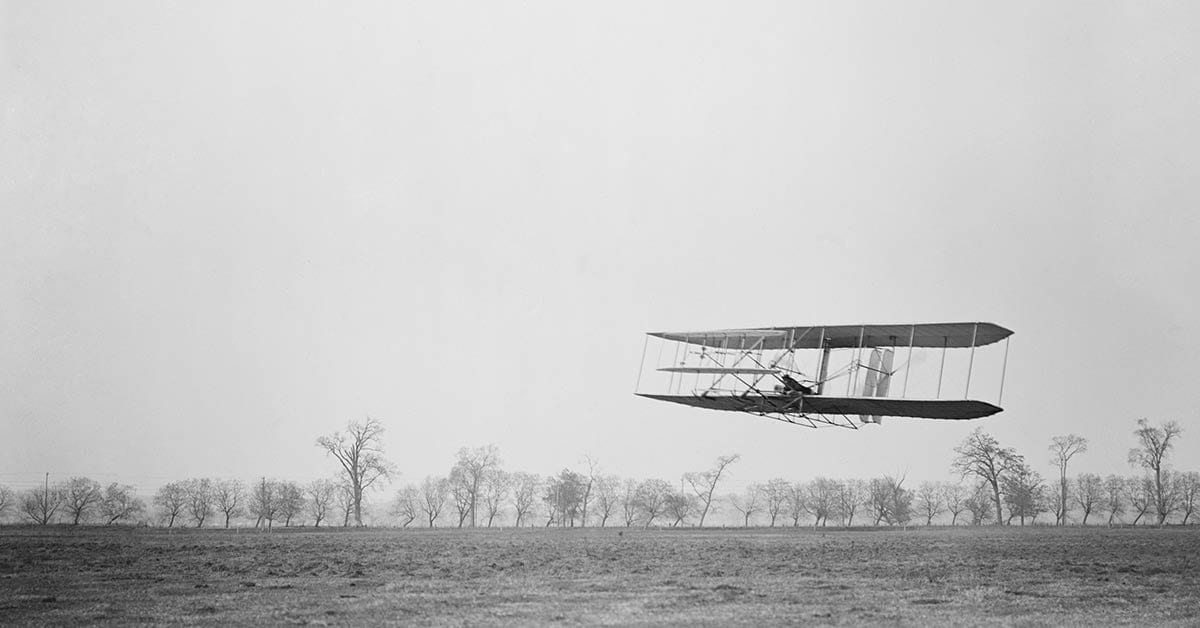
A Brief Timeline History of Manned Flight
In 1903, Orville and Wilbur Wright built the first functional airplane. A little more than 100 years after that small wooden one-man airplane, we’ve made passenger planes that carry hundreds of passengers, broken the sound barrier, flown people to the moon and a rover to mars, and are on the verge of making spaceflight available to civilians.
Here’s a timeline showing some of the highlights of the modern history of flight:
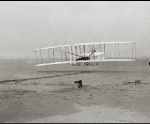 1903: The Wright brothers make the first manned, powered, controlled flight.
1903: The Wright brothers make the first manned, powered, controlled flight.
 1919: the NC4 is the first plane to cross the Atlantic Ocean.
1919: the NC4 is the first plane to cross the Atlantic Ocean.
 1927: Charles Lindbergh completes the first solo, nonstop transatlantic flight in The Spirit of St. Louis, traveling from New York to Paris, France.
1927: Charles Lindbergh completes the first solo, nonstop transatlantic flight in The Spirit of St. Louis, traveling from New York to Paris, France.
 1930s: The first Transatlantic Proving flights take place, with PanAm and BOAC traveling from Newfoundland to Foynes and vice verse.
1930s: The first Transatlantic Proving flights take place, with PanAm and BOAC traveling from Newfoundland to Foynes and vice verse.
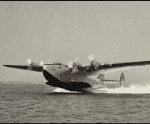 1940s: Transatlantic passenger flights to Foynes commence. After WWII, landplanes take over.
1940s: Transatlantic passenger flights to Foynes commence. After WWII, landplanes take over.
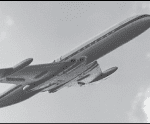 1950s: Flights are offered in the first commercial jet airliner, the de Havilland DH 106 Comet.
1950s: Flights are offered in the first commercial jet airliner, the de Havilland DH 106 Comet.
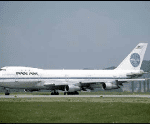 1960s: Man lands on the moon and Boeing releases the 747.
1960s: Man lands on the moon and Boeing releases the 747.
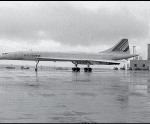 1970s: Aérospatiale and the British Aircraft Corporation unite to develop the Concorde, the first and only supersonic civilian aircraft.
1970s: Aérospatiale and the British Aircraft Corporation unite to develop the Concorde, the first and only supersonic civilian aircraft.
 1980s: The first reusable spacecraft, Space Shuttle, is launched.
1980s: The first reusable spacecraft, Space Shuttle, is launched.
 1990s: NASA sends the Mars Pathfinder to Mars to commence the first exploration on the surface of another planet.
1990s: NASA sends the Mars Pathfinder to Mars to commence the first exploration on the surface of another planet.
 2000s: The first nonstop, round-the-world flight by solar and battery-powered airplane is completed. Airbus release the A380 double-decker civilian passenger jet.
2000s: The first nonstop, round-the-world flight by solar and battery-powered airplane is completed. Airbus release the A380 double-decker civilian passenger jet.
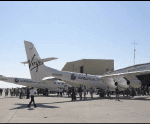 2010s: Virgin Galactic start civilian passenger flight into space.
2010s: Virgin Galactic start civilian passenger flight into space.
How You Can Help
Donate to the Museum
In 1989, our patron Maureen O’Hara cut the red ribbon to officially open our museum. We are proud of our achievements since those early days and look forward to many more successful years ahead. Many thanks to everyone for their support over the years.








